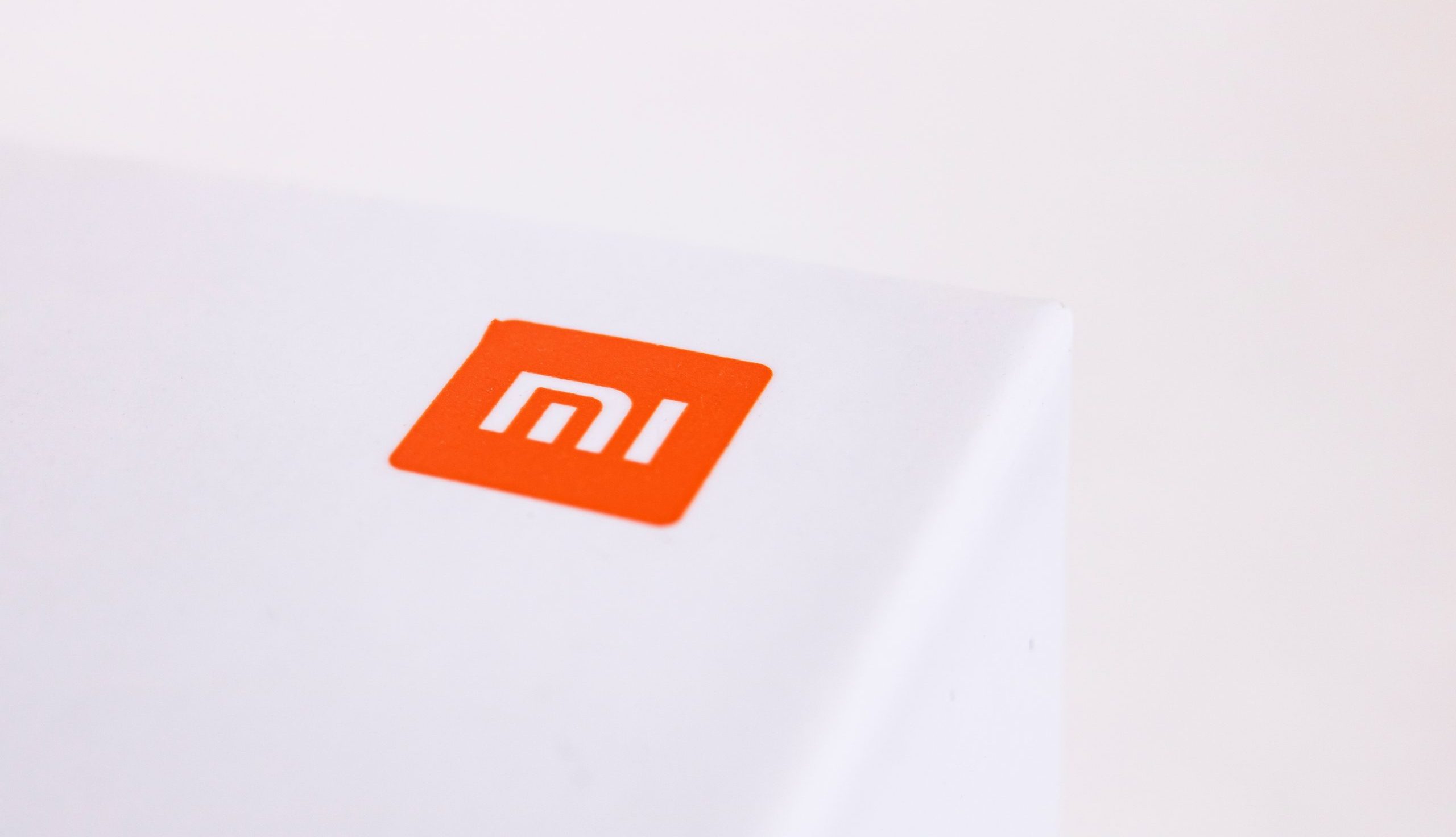What happens when a blockchain launches without applications ready to use it?
Typically, months of waiting while developers scramble to build integrations manually. This gap between launch and utility has plagued nearly every major blockchain debut, but Monad’s approach signals a different strategy.
The Layer-1 blockchain, which went live on November 24, launched with complete DeFi functionality already operational. This was made possible through Enso’s day-one integration, which eliminates the traditional development bottleneck that has limited previous blockchain ecosystems.
The Integration Gap That Slows Every Blockchain
Blockchain development follows a predictable pattern: launch the network, wait for developers to build applications, hope users eventually arrive. The problem is in the middle stage. According to research on blockchain developer activity, developers face technical barriers between different blockchain networks and protocols, requiring manual integration and maintenance work that can consume six months or more of development time.
Ecosystems with more than 5,000 monthly active developers show more application launches CoinLaw, but reaching that threshold takes time. Base onboarded over 1,600 developers within its first year, which is considered strong performance. Most networks take considerably longer to establish a developer base capable of building functional applications.
The result is a familiar chicken-and-egg scenario. Users avoid blockchains without applications. Developers avoid blockchains without users. Liquidity fragments across competing networks. The network effect that should accelerate growth instead becomes a barrier to entry.
Monad’s integration with Enso addresses this by providing developers access to pre-built protocol interactions from the start. Rather than spending months learning smart contract specifications and building custom integrations, developers can deploy applications that interact with swaps, bridges, lending markets, and other DeFi primitives immediately.
What Blockchain Shortcuts Actually Mean for Developers
Enso operates as a shared engine that standardizes blockchain interactions across protocols. The platform has mapped interactions across more than 160 protocols on multiple chains, creating reusable building blocks that developers can access through a single API.
Think of it this way: building a DeFi application typically requires understanding how each protocol handles deposits, withdrawals, swaps, and other core functions. Aave handles lending differently than Compound. Uniswap routes trades differently than Curve. Each requires separate integration work, separate audits, and separate maintenance.
Enso abstracts these differences by creating standardized shortcuts. A developer can call a “lend” function without needing to know whether it’s executing on Aave, Compound, or another protocol. The Enso engine handles routing, optimization, and execution.
For Monad builders, this means immediate access to functionality that would otherwise require extensive development time. Milos Costantini, Enso Co-Founder, said, “Supporting Monad from day one reflects exactly what Enso was built for: giving builders immediate access to the liquidity and tooling they need to ship valuable products. With Enso plugged into Monad at launch, teams can start creating sophisticated DeFi flows instantly, from swaps and lending to cross-chain markets.”
The technical implementation combines actions that abstract isolated smart contract transactions into simple components. These actions can be combined into shortcuts that create reusable workflows. Instead of manually integrating every protocol, developers define their intended outcome and let Enso’s network coordinate the solution.
Why Launch Liquidity Determines Network Success
Research indicates that launch liquidity correlates closely with blockchain network success. High liquidity signals credibility to investors, reduces price manipulation risk, and provides confidence that users can enter and exit positions efficiently. Low liquidity creates volatility, limits trading activity, and discourages participation.
Monad raised $225 million in a Series A funding round led by Paradigm, with total funding exceeding $240 million. The network targets 10,000 transactions per second with 800-millisecond finality through parallel execution and optimized architecture.
Yet technical capabilities alone don’t guarantee adoption. Users need applications that let them actually use the blockchain. Enso’s integration ensures Monad users can deploy assets immediately across trading, lending, and yield strategies rather than waiting for ecosystem development.
The MON token launched simultaneously with the mainnet, trading around $0.026 shortly after debut and reaching a fully diluted valuation near $2.5 billion. The token became available through Coinbase’s fundraising platform after raising $269 million from approximately 85,800 participants, making it one of the more substantial blockchain launches of 2024.
Enso’s role extends beyond launch support. The platform has enabled $17 billion in onchain settlements across its network, working with projects including Berachain, Uniswap, LayerZero, and Sushiswap. This track record provides Monad developers access to tested infrastructure rather than experimental tooling.
The Development Time Problem That Enso Solves
Traditional blockchain development requires building everything from scratch. A team creating a liquidity aggregator needs to integrate with every decentralized exchange they want to access. Each integration requires understanding that exchange’s specific smart contracts, building custom routing logic, conducting security audits, and maintaining the code as protocols update.
Teams typically spend $500,000 and six months or more just on integration work The CoinList Blog before they can launch a product. This explains why approximately 4,800 applications exist across all blockchains compared to millions in traditional app stores.
Enso reduces this timeline dramatically. Developers using the platform can access DeFi functionality within days rather than months. The shortcuts handle protocol-specific details, security considerations, and optimization automatically. This allows teams to focus on user experience, product features, and go-to-market strategy rather than infrastructure.
For Monad, this means the network can launch with a functional ecosystem rather than promising future development. Developers can build applications that work with lending protocols, decentralized exchanges, bridging solutions, and liquidity pools without individual integration work.
The architecture uses a network of participants who contribute to the system. Action Providers publish smart contract abstractions. Graphers plot efficient paths for executing actions. Validators ensure solution accuracy and network security. This decentralized approach creates a self-improving system where the quality and breadth of available shortcuts expands over time.
What This Means for the Monad Ecosystem
Monad allocated tokens to approximately 225,000 verified onchain users The Block through an airdrop designed to reward active participants in the DeFi ecosystem. Recipients included users of protocols ranging from Aave to Pump.fun, high-volume DEX traders, and holders of notable NFT collections.
These users can immediately deploy their MON tokens across DeFi applications because Enso’s integration provides the necessary infrastructure. Rather than waiting for developers to build out the ecosystem, users can access trading, lending, and liquidity provision from day one.
This creates a different adoption curve than typical blockchain launches. Early users have functionality immediately available. Developers can build sophisticated applications quickly. Liquidity can flow into productive uses rather than sitting idle. The network effect that usually takes months to establish can begin on launch day.
The integration also establishes a template for future blockchain launches. Rather than accepting weeks or months of limited functionality while developers build integrations, networks can partner with infrastructure providers like Enso to ensure comprehensive tooling from the start.
Final Thoughts
Blockchain launches typically suffer from a timing problem: networks go live with impressive specifications but limited utility. Users find few applications. Developers see little reason to build without users. The ecosystem remains dormant until enough parties simultaneously decide to participate.
Enso’s Monad integration addresses this by ensuring functionality precedes the launch. Developers can build immediately. Users can deploy assets from day one rather than waiting for infrastructure to catch up. Whether this approach sets a new standard depends on execution. Monad must deliver on its technical promises, and applications built using Enso’s shortcuts must provide sustained value beyond launch-day speculation.
But the integration demonstrates that the traditional blockchain launch bottleneck has a solution. Networks that partner with infrastructure providers can compress months of waiting into immediate functionality, giving developers faster time to market and users immediate utility from new networks.
Don’t forget to like and share the story!











